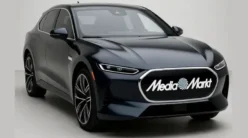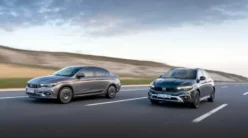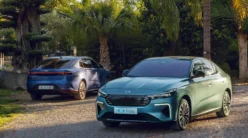Autonomous driving has long been portrayed as the future of mobility, promising safer roads, reduced traffic, and more efficient transportation. As 2025 unfolds, the reality of self-driving technology is becoming clearer: while significant progress has been made, the path to full autonomy remains complex, influenced by technical, regulatory, and societal factors.
Current state of autonomous driving
Autonomous driving technology has evolved rapidly over the past decade. Companies such as Tesla, Waymo, and newer players like Togg are pushing the boundaries of what is possible. Today, most commercially available systems are at Level 2 or Level 3 autonomy, meaning vehicles can assist with steering, acceleration, and braking under certain conditions but still require human supervision.
- Tesla’s Full Self-Driving (FSD) system continues to advance through software updates, enabling city driving assistance, lane changes, and limited urban navigation.
- Waymo, a pioneer in fully autonomous taxi services, operates in select urban areas in the United States, demonstrating safe and reliable autonomous rides without human drivers.
- Togg, Turkey’s domestic automotive initiative, is developing EVs equipped with advanced driver-assistance systems, aiming to bring autonomy to local markets.
Technical challenges
Despite progress, autonomous driving faces significant technical hurdles. Urban environments present unpredictable conditions, such as erratic pedestrians, complex intersections, and dynamic weather conditions. Sensor fusion, AI perception, and real-time decision-making are areas under constant improvement. Moreover, cybersecurity remains a critical concern, as connected vehicles are vulnerable to hacking and data breaches.
Regulatory and legal obstacles
Autonomous vehicles are not just a technological challenge—they are a legal and regulatory one. Laws differ dramatically across countries, slowing the rollout of full self-driving systems. Liability in case of accidents remains a grey area, complicating insurance frameworks. Governments are gradually updating regulations, but a fully standardized global legal framework for autonomous vehicles is still years away.
Safety and public perception
Safety is the ultimate test for autonomous driving. While studies suggest that self-driving systems can reduce accidents caused by human error, incidents involving autonomous prototypes—often highly publicized—fuel skepticism. Public trust is growing slowly, influenced by demonstrable safety records and transparent testing protocols.
The road ahead
By 2025, autonomous driving is likely to remain a hybrid reality: advanced driver-assistance systems will continue to proliferate, while fully autonomous Level 4 and Level 5 vehicles remain confined to pilot programs and geofenced areas. The convergence of AI advancements, vehicle-to-everything (V2X) communication, and regulatory clarity will determine when self-driving cars truly become a part of everyday life.
Conclusion
Autonomous driving in 2025 is a story of both impressive achievements and persistent challenges. While companies like Tesla, Waymo, and Togg demonstrate the possibilities of the technology, widespread adoption will depend on overcoming technical limitations, regulatory hurdles, and public skepticism. The dream of fully autonomous vehicles is closer than ever, but cautious realism remains essential.







